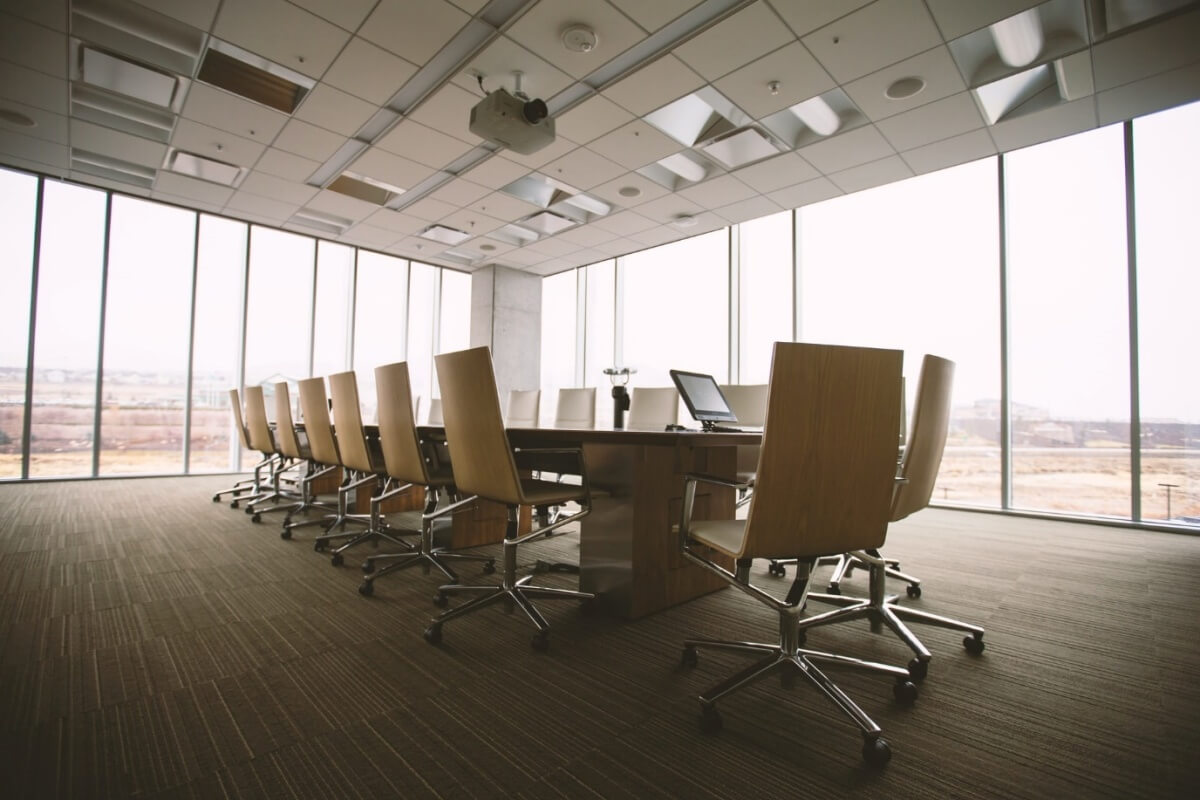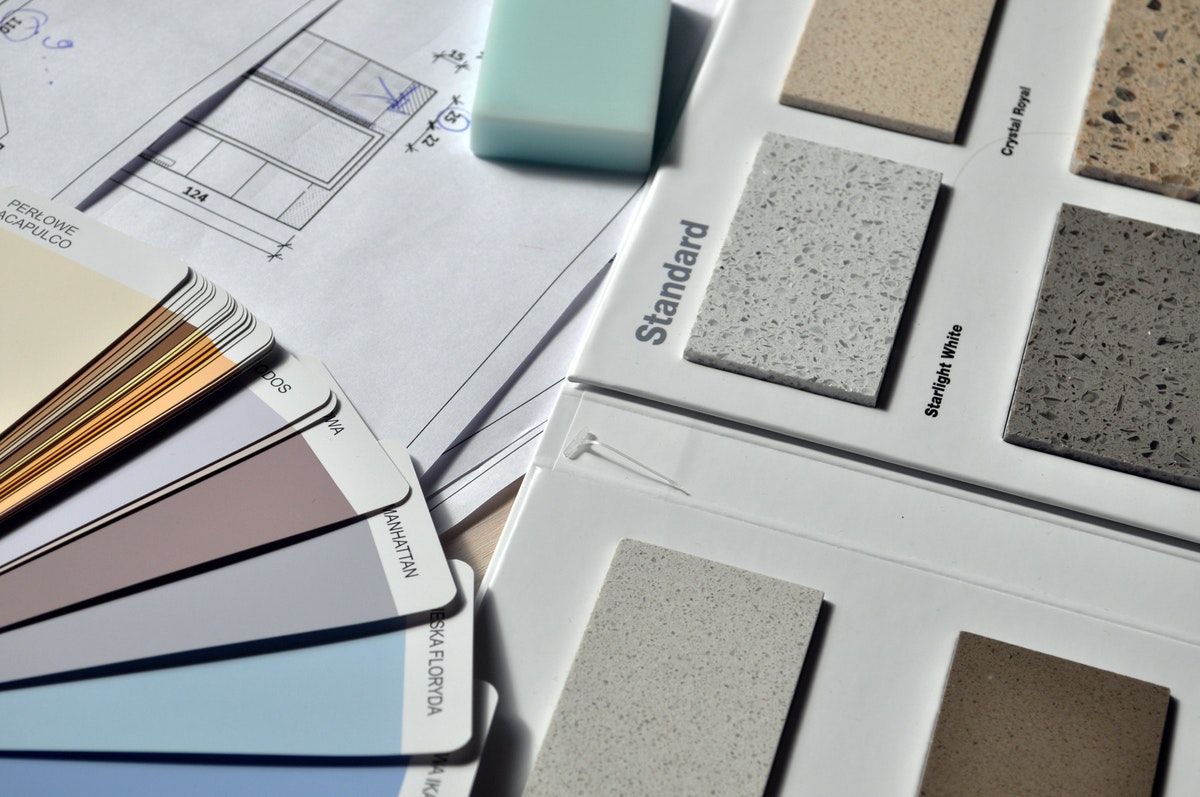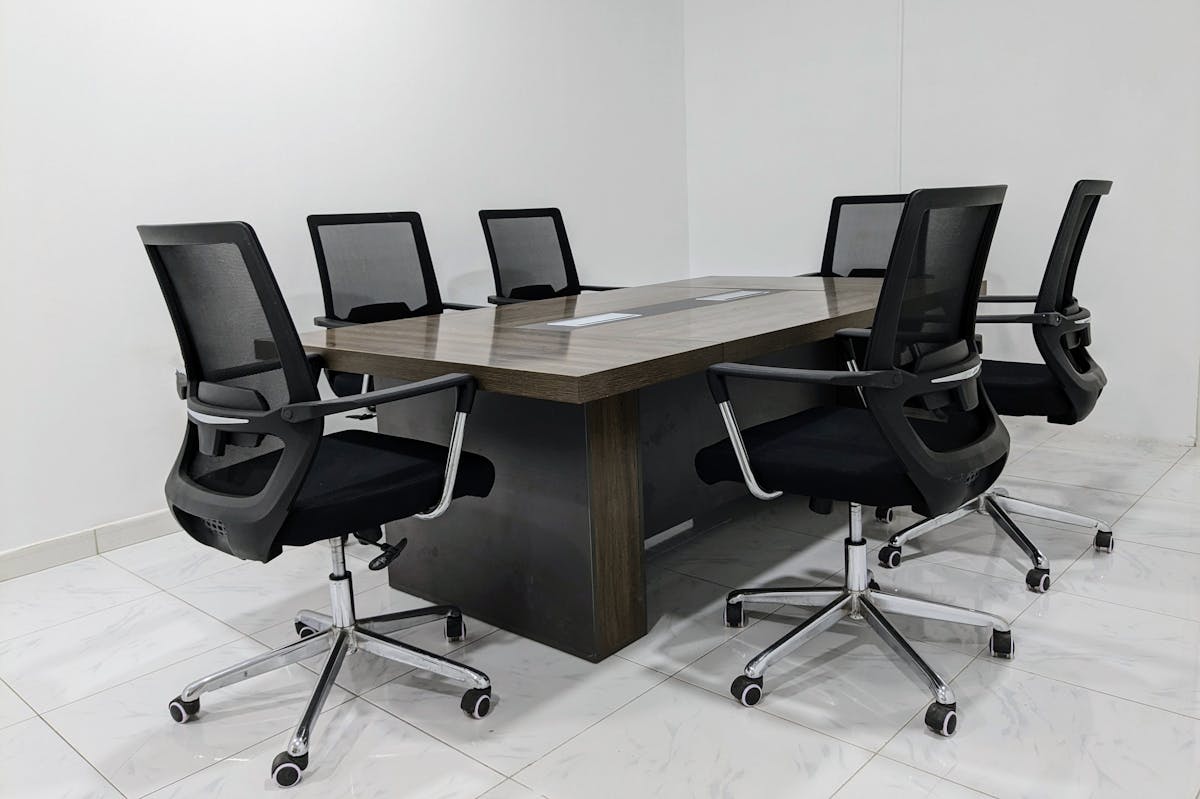Various individuals could frequent a commercial space, from staff and clients to tradespeople and suppliers. It doesn’t matter if it’s an office block or a school, hotel or gym. Spatial planning and design are as crucial in commercial spaces as they would be for your home. In the end, these spaces reflect your company’s image and reputation.
Also read A Guide to Loft Extensions Plans.
However, designing commercial spaces is a challenging task to achieve and being a business proprietor. It would help if you considered safety and regulations as well. These best practices will help you establish a solid base to build your plan to create a commercial space that is appealing, functional, and safe for all.
Be prepared and give yourself room to grow.
Your business’s needs are constantly changing, So you shouldn’t design spaces just for your current business. Space planning should be flexible and permit your business to expand, so think about ways to design flexible structures and spaces which can be used in various ways. For instance, consider adding mezzanine floors, which could create working areas for your staff, as well as office pods, which could move around to create different layouts based on your company’s requirements.
Combine form and function.
It is essential to make functionality your top priority when designing commercial spaces; however, to give an excellent impression, you need to consider aesthetics. Look for ways to create a more neater, cleaner, functional, and attractive space. For example, putting up suspended ceilings can provide easy access to electrical cables and components like security cameras, lights and smoke detectors. It will also make the space look more attractive.
The technology is added.
Technology is something to be addressed when designing commercial space. For instance, retail spaces depend on technology for communication, operation, and complete sales. In the same way, an office building requires technology-based systems to enable teams to operate efficiently. When planning your design, consider where infrastructure for telecommunications like telephones and media players will be and any other elements that can create an inviting space for guests.
Engage your audience
The commercial space must reflect your company’s ethos and values. It should also be a source of entertainment for the employees you employ and your clients. When choosing the colour scheme or furniture designs and layouts, consider whether they represent your company’s image and how they’ll be perceived by people who enter the space. The building should create a positive and positive impression on your employees or visitors.
Make it available
Consider that there are different accessibility requirements for people, and your space should be designed to accommodate everyone. It could be that you have bars installed in bathrooms, ramps that are accessible to wheelchair users, or indoor mapping to ensure that people looking for facilities will be able to locate them quickly. You should ensure that everyone who enters the area has a pleasurable and enjoyable experience, whether working there or simply visiting. It’s a matter of the future design of your space as well. You could have employees or customers shortly who need accessibility features, so consider everyone when creating your space.
Do you remember the acoustics?
Commercial areas are busier and thus louder than a house. So, think about how sound moves within the building since having noisy work processes or appliances can distract people or hinder productivity. There may be a need for sound-absorbing panels if noise is a problem. These panels can help reduce the sound while not affecting the décor. Absolute silence isn’t necessary; however, certain noises can create a more pleasant atmosphere. However, you should be aware of the noise generated within the room and how it can affect other people, including your neighbours, customers or coworkers.
Also, read 3 Creative Ways to Utilize the Storage Unit.
The final thoughts
Commercial spaces are a part of every field, including transport, retail and hospitality. Each space is distinctive in terms of its mission and style, and it is essential to ensure that your building is functional regarding the work environment and when suppliers or customers are visiting. By implementing the most effective practices discussed above, you can design a relaxing, practical, and visually appealing environment for work.










